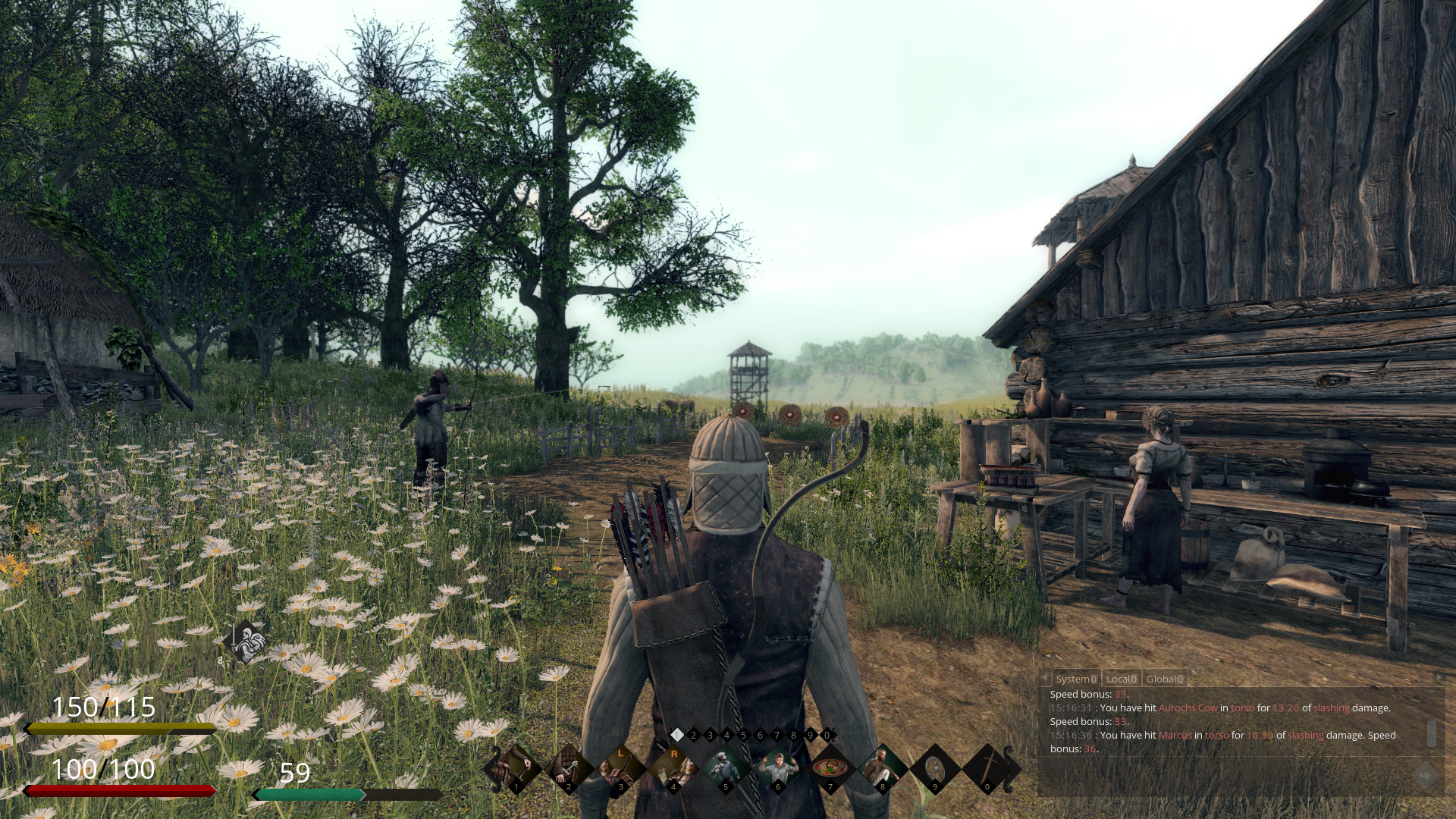
A third group of historians views the process of feudalization as a synthesis, by which they mean a mechanical combination of classical and barbarian customs. The Germanists believe that feudalism resulted from the triumph of Germanic institutions in the social and political organization of medieval society. The Romanists trace the basic features of feudalism to the social, legal, and political institutions of the late Roman Empire. In bourgeois historiography three main trends, dating from the 18th century, have developed to explain the origin of feudalism. In this area feudalism arose between the end of the fifth century and the 11th century. West European feudalism arose out of the ruins of the Western Roman Empire, which had been conquered by barbarians, chiefly Germanic tribes of Franks, Visigoths, Burgundians, and Lombards, during the Great Migration of Peoples.

The chronological boundaries of these stages vary for different regions and countries. Although in most parts of the world, feudal relations not only survived but continued to predominate in the succeeding epoch, the character of the new period was increasingly determined not by feudal relations but by the emerging and spreading capitalist relations.Īmong all peoples feudalism developed in three stages: incipient, mature, and late feudalism. The feudal mode of production determined the social structure of feudal society (class stratification, hierarchy, the corporative system), society’s political superstructure (public power as an attribute of landownership) and ideology (predominantly religious), and the sociopsychological makeup of the individual (communal consciousness, traditional attitudes).Īn essential feature of the Middle Ages, feudalism as an era in world history lasted from the end of the fifth century to the middle of the 17th. Under feudalism, a social system with a predominantly agrarian, subsistence economy and small-scale individual production, agricultural technology developed slowly and tradition and custom played an important role. In the final analysis, this is what determined the historically progressive nature of feudalism, compared to the slaveholding and primitive communal systems. The relative economic independence of the peasant in the age of feudalism, compared to the status of the slave in slaveholding societies, permitted an increase in the productivity of peasant labor and the growth of society’s productive forces. This form of subordination and exploitation of the direct producers, unique to feudalism, enabled the peasant family farm, which was best suited to the level of productive forces achieved at that time, to function as the basis of social production as a whole. Since the peasant functioned as the owner of his land allotment, extraeconomic constraints ranging from serfdom to mere social inequality were necessary to enable the feudal lord to collect his land rent, and the independent farm was necessary to enable the peasant to produce it. Thus, the feudal mode of production was based on a combination of the large landholdings of the feudal lords and the small individual farms of the direct producers, the peasants, who were exploited by extraeconomic constraint, as characteristic of feudalism as economic exploitation is of capitalism. The feudal property relations gave rise to the lord’s “right” to appropriate without compensation the surplus product of his peasants’ labor-that is, the right to collect feudal land rent, either as corvée or as quitrent in kind or in money. Such a family owned its tools, draft animals, and other movable property, but did not have the right to own land. Second, the peasant maintained an independent farm on the holding that was formally “granted” to him by the lord but that was actually for the hereditary use of the peasant family that cultivated it.

The laborer was the basic, decisive element in the productive forces of that period. Moreover, landownership was inseparably linked to authority over the direct producers-the peasants-since land itself was of no value to a feudal lord without the laborer who cultivated it.

Under feudal ownership, landed property belonged to the feudal hierarchy as a whole or, ultimately, to the state. First, the basic means of production-land-was the monopoly of the ruling class of feudal lords. In the history of many peoples feudalism was the first class-antagonistic formation, directly succeeding the primitive communal system.ĭespite the many historical and regional variants of feudalism and despite the differences in its various stages, production relations under feudalism had a number of features in common. A class-antagonistic formation in world historical development, the stage following the slaveholding system and preceding capitalism.


 0 kommentar(er)
0 kommentar(er)
